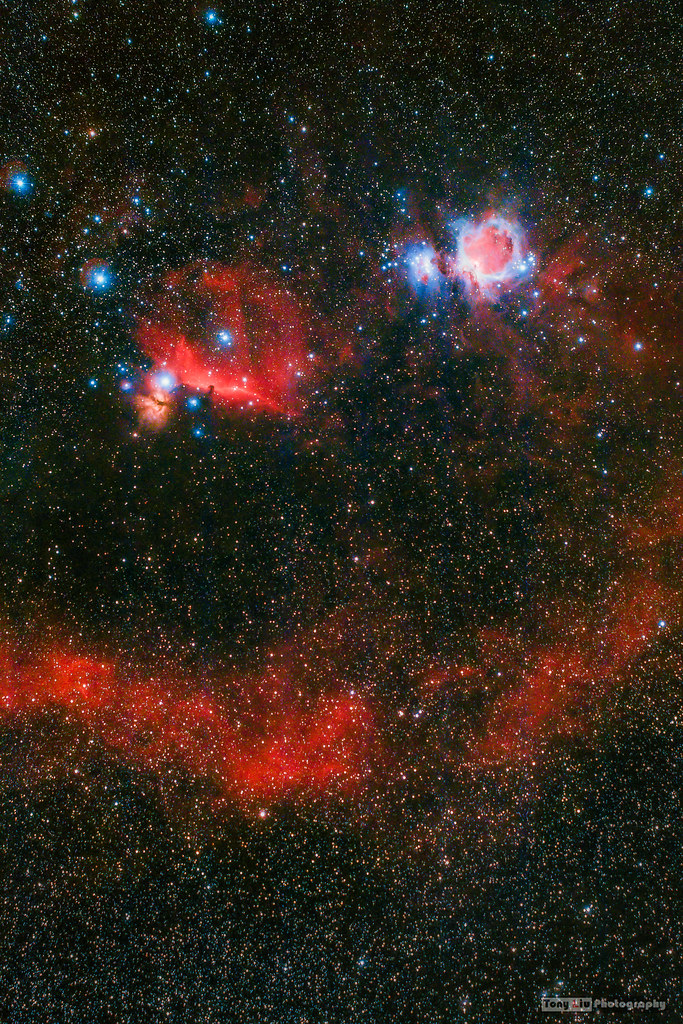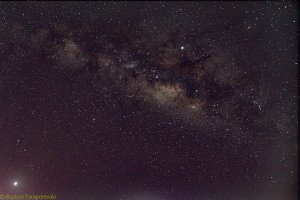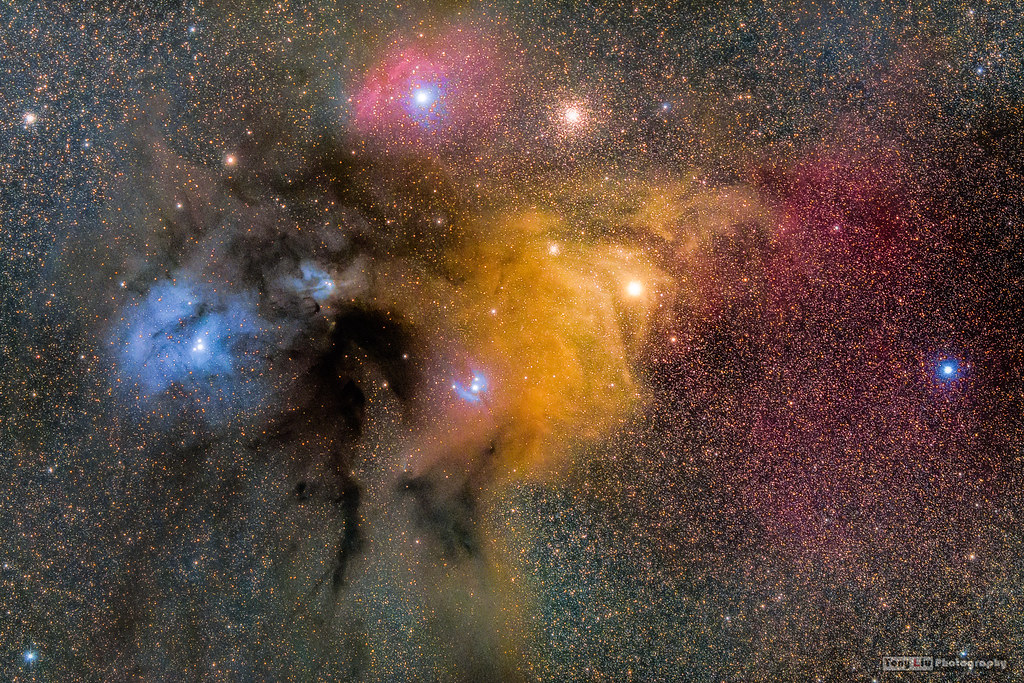Thanks Jon.
I did try googling but the Ha came back as ‘hahnium (Ha)’ alternate name for Dubnium DB (105).
Is your Ha H for hydrogen, a for alpha emissions or some other naming convention.
Cheers, Graham.
I did try googling but the Ha came back as ‘hahnium (Ha)’ alternate name for Dubnium DB (105).
Is your Ha H for hydrogen, a for alpha emissions or some other naming convention.
Cheers, Graham.
Thanks, Graham!
For the acronyms, HOO stands for Hydrogen/Oxygen/Oxygen, or Ha/OIII/OIII. It is a particular kind of narrow band blend that gives a "natural" look from a color standpoint (hydrogen gas to reddish or pinkish, oxygen gas to a blue or cyan.)
SHO stands for Sulfer/Hydrogen/Oxygen or SII/Ha/OIII. This is another kind of narrow band blend that is definitely "false color" in that hydrogen-alpha, which is definitely a red emission, is mapped to green. This is also sometimes called the Hubble Palette, as it is the standard blending palette often used for official hubble image reproductions.
The underlying data here is the same...I've just blended the information in different ways to give it a different look.
Upvote
0

 Orion Wide
Orion Wide Orion, Running Man, Horsehead and Flame
Orion, Running Man, Horsehead and Flame
 Antares Region
Antares Region